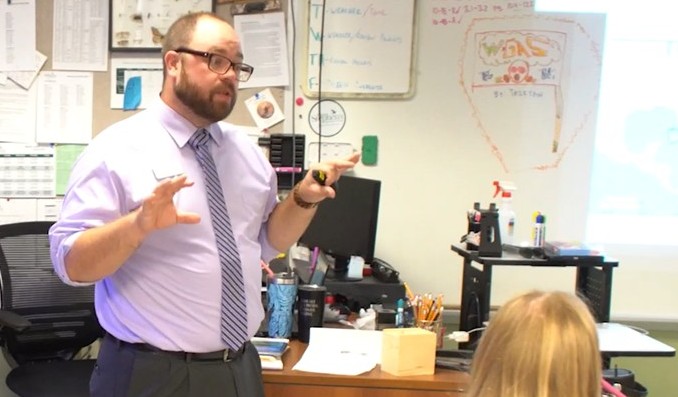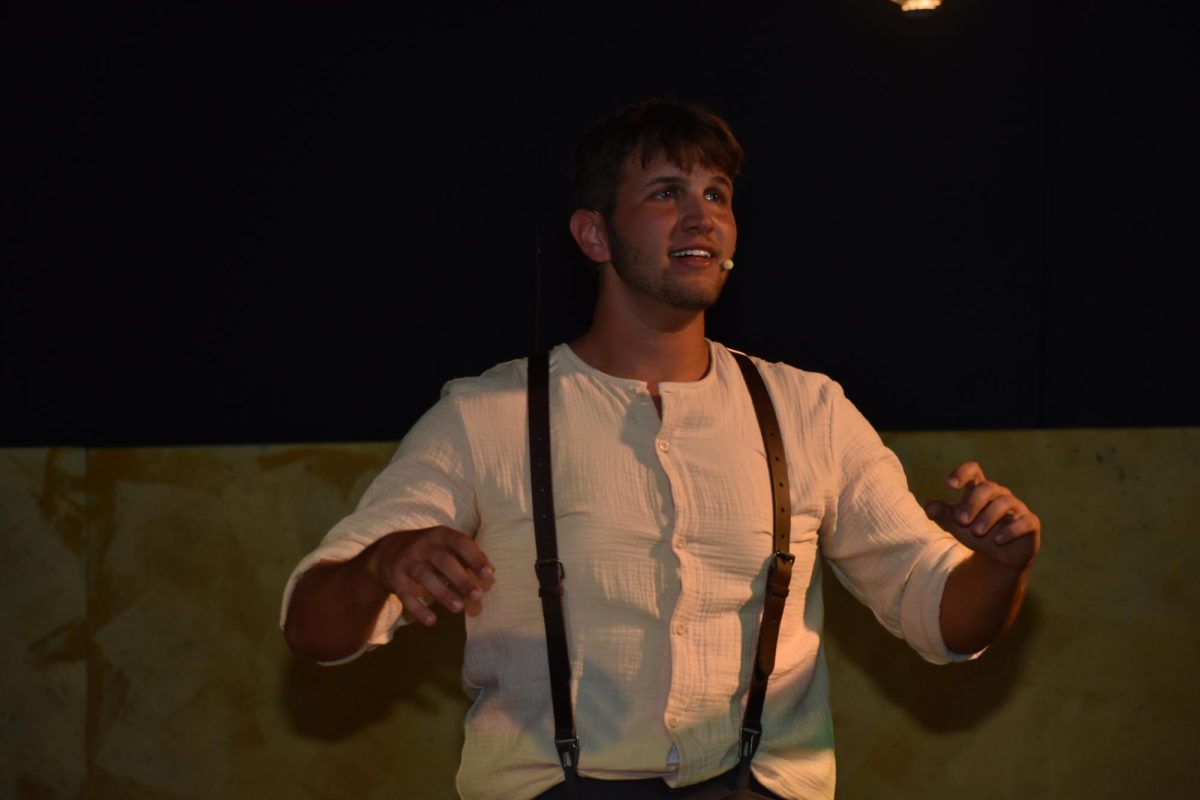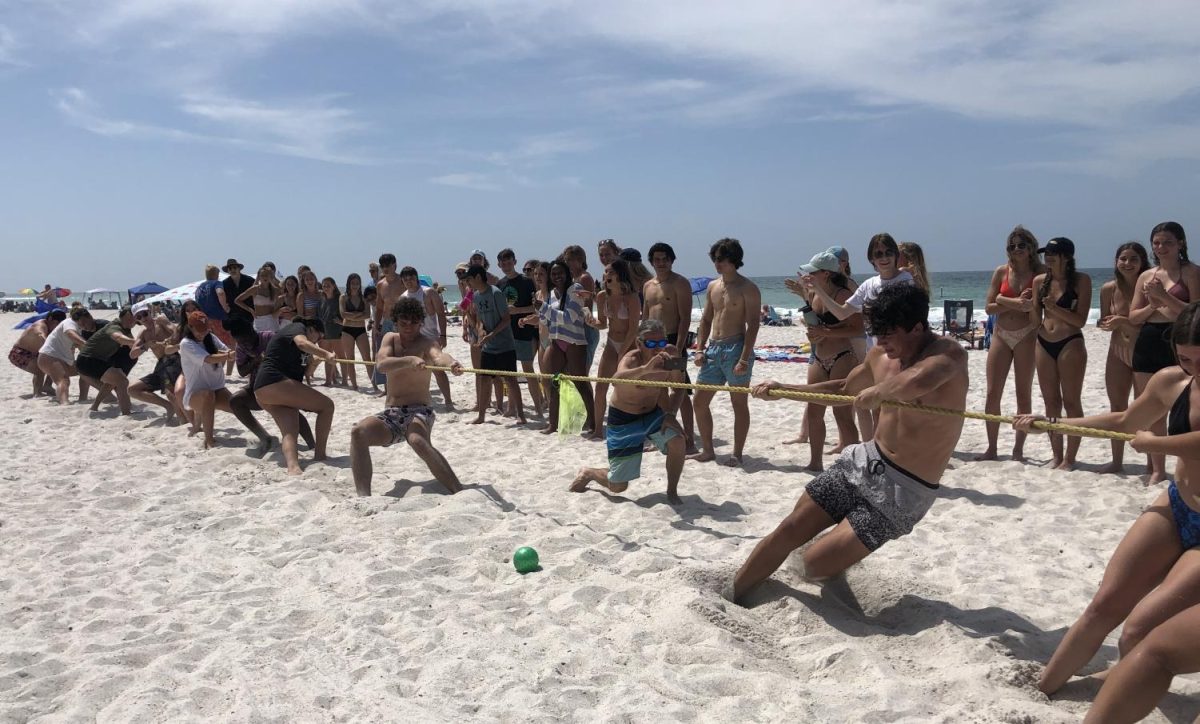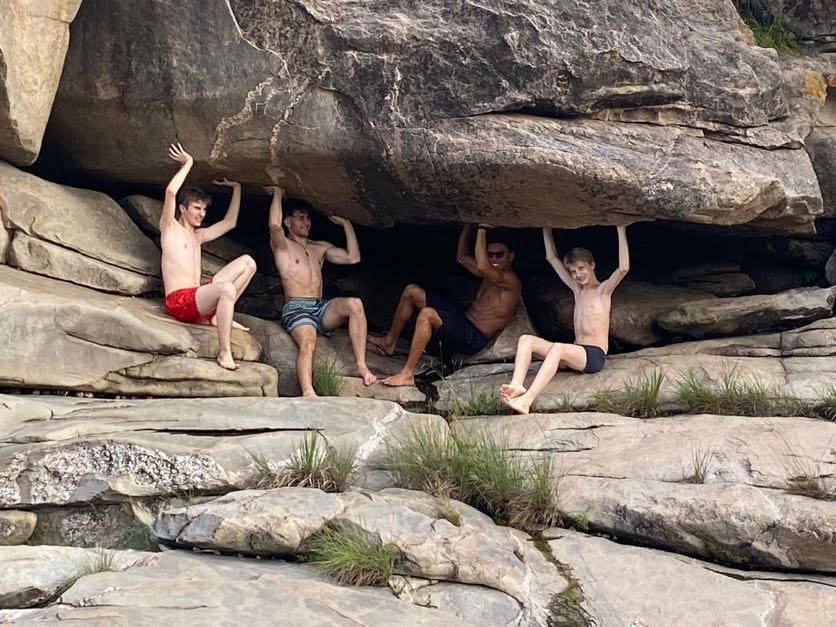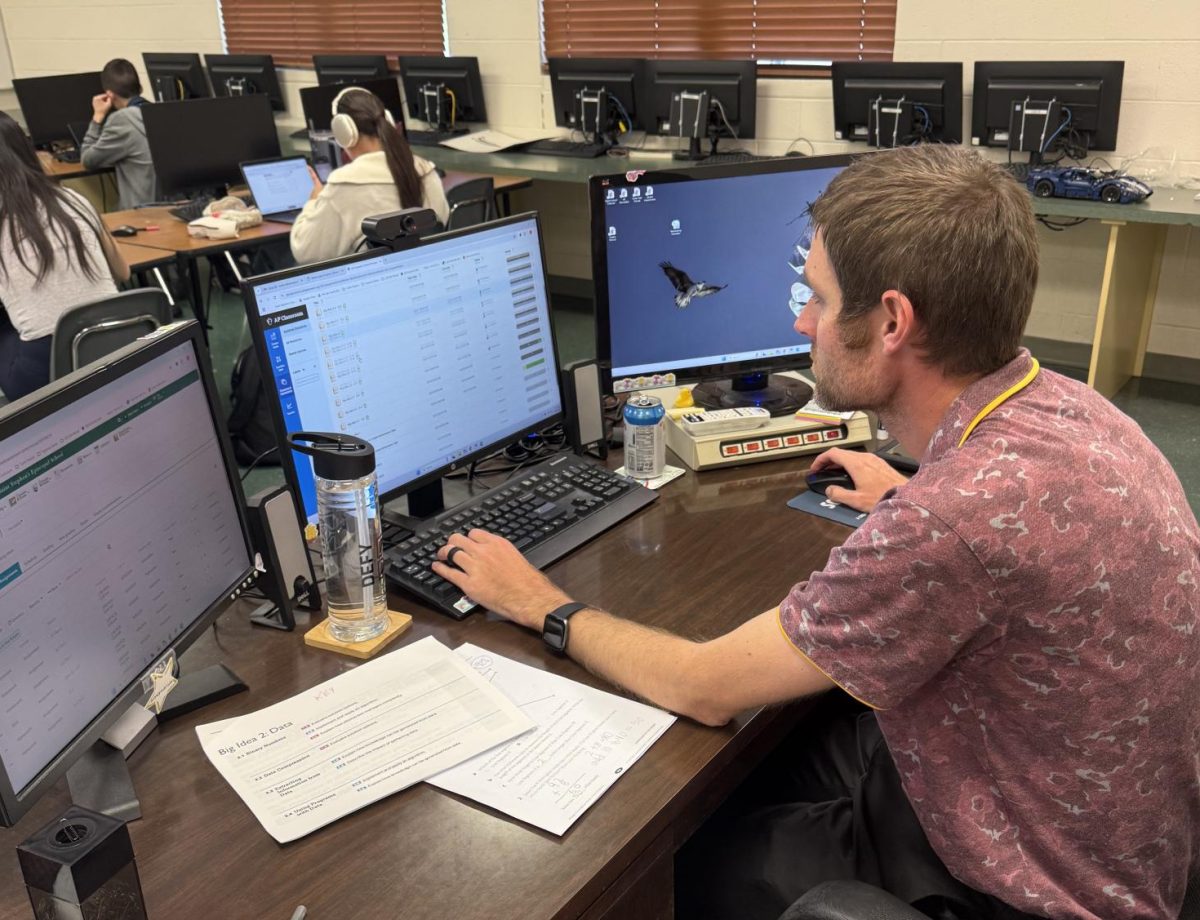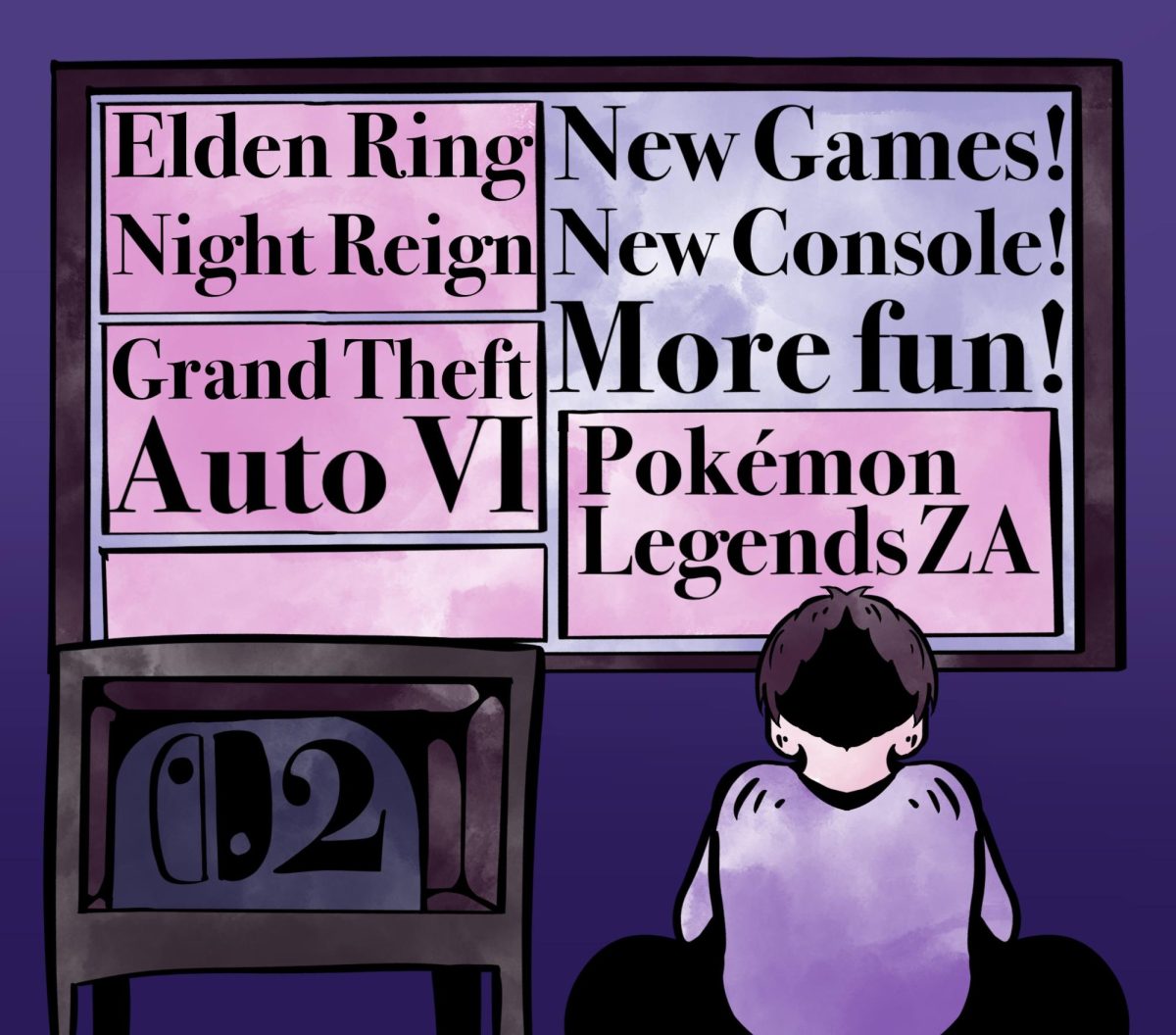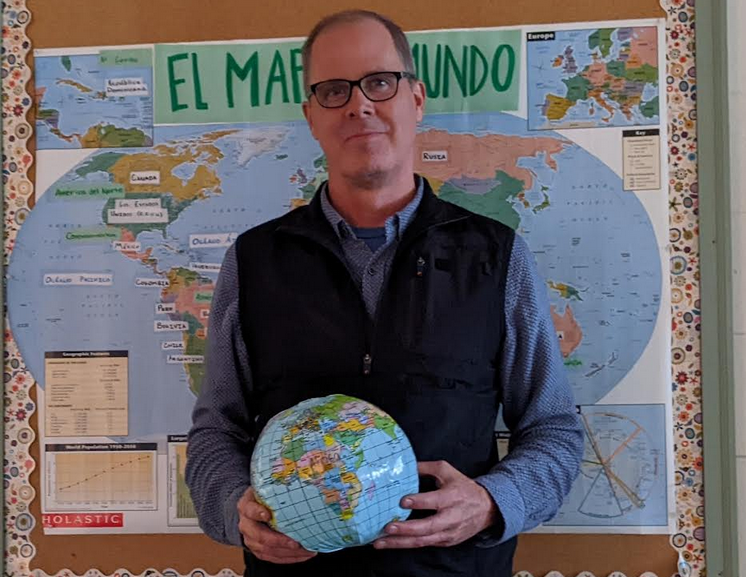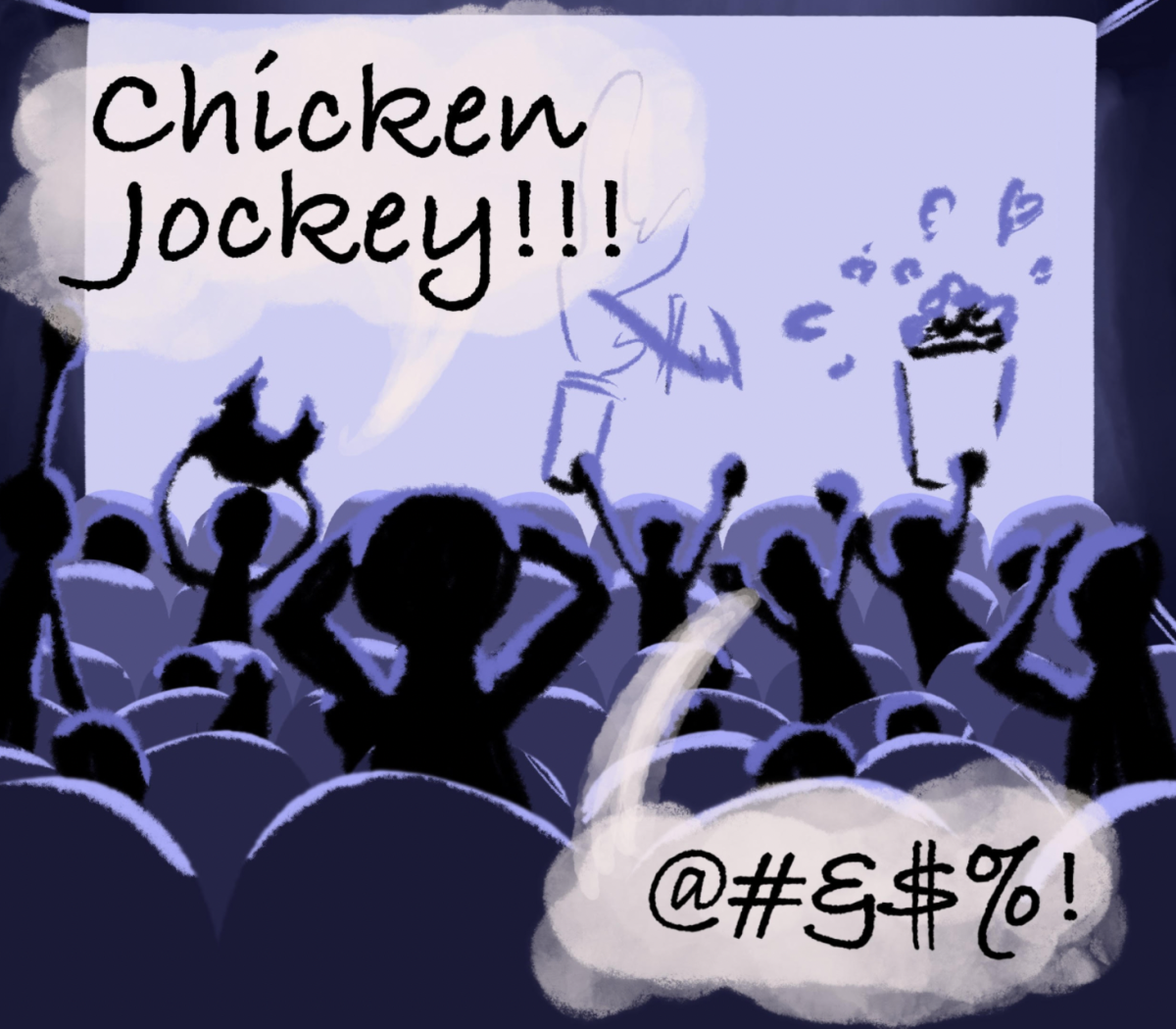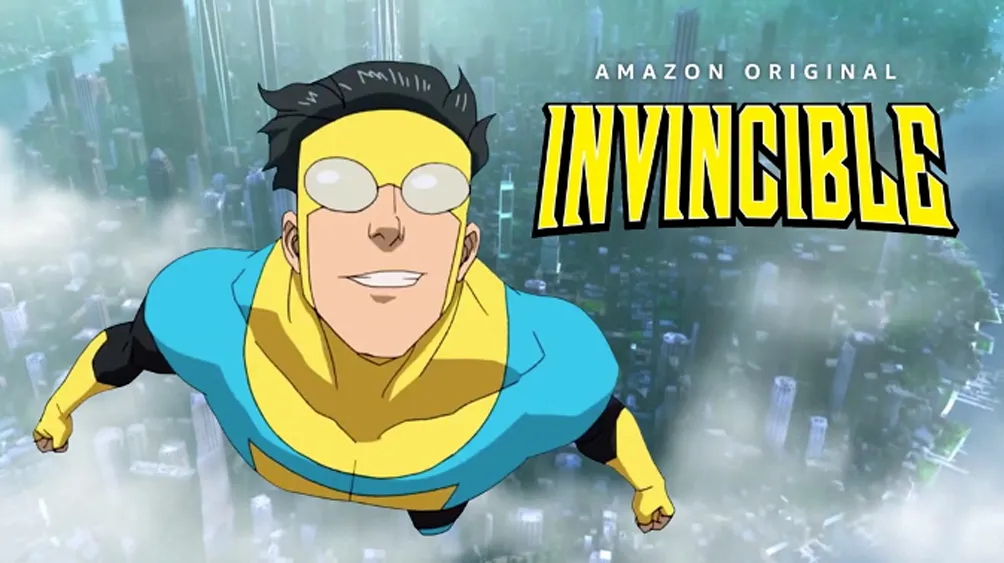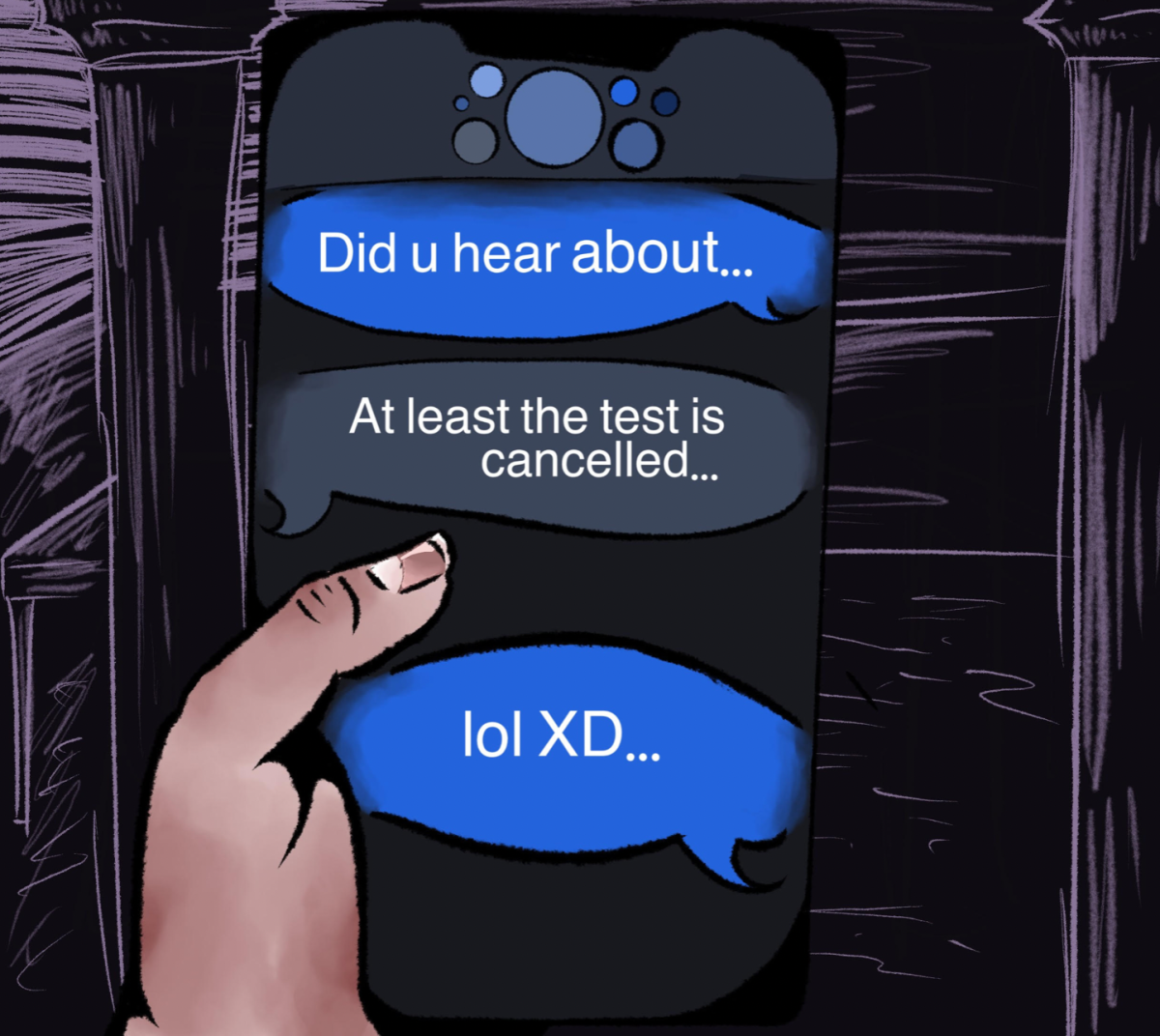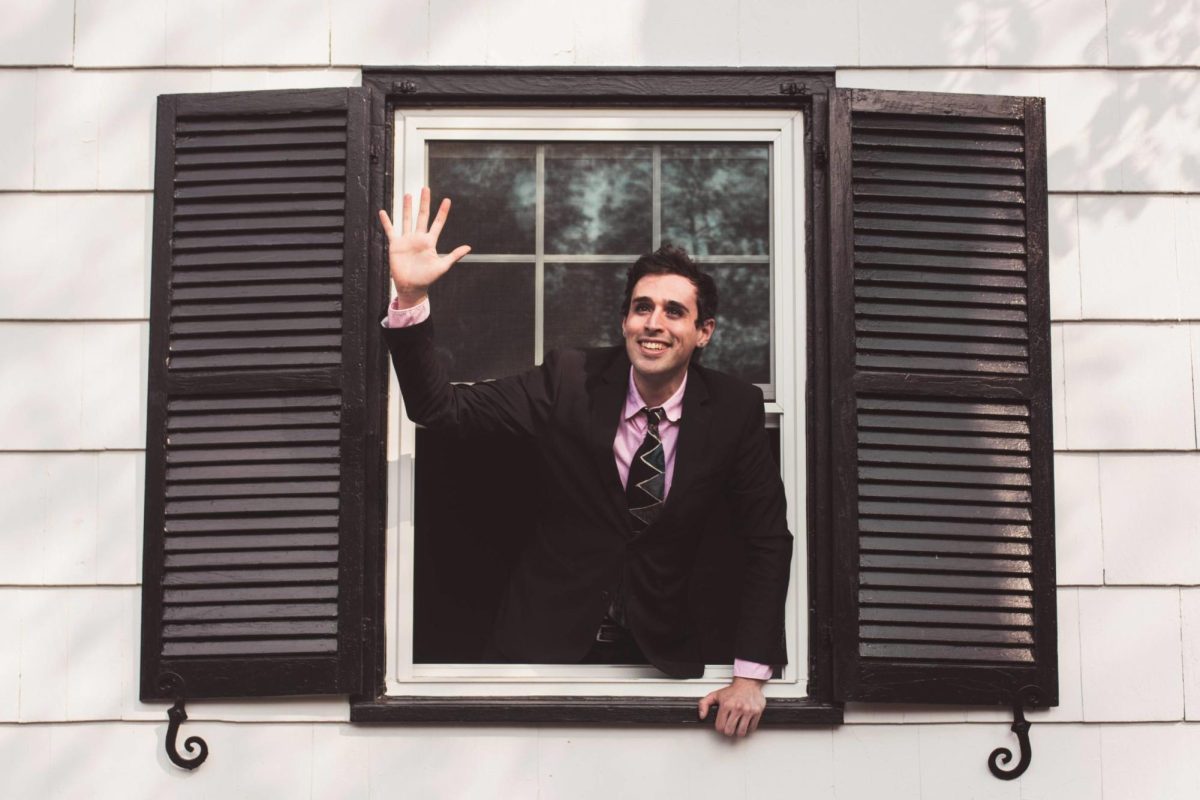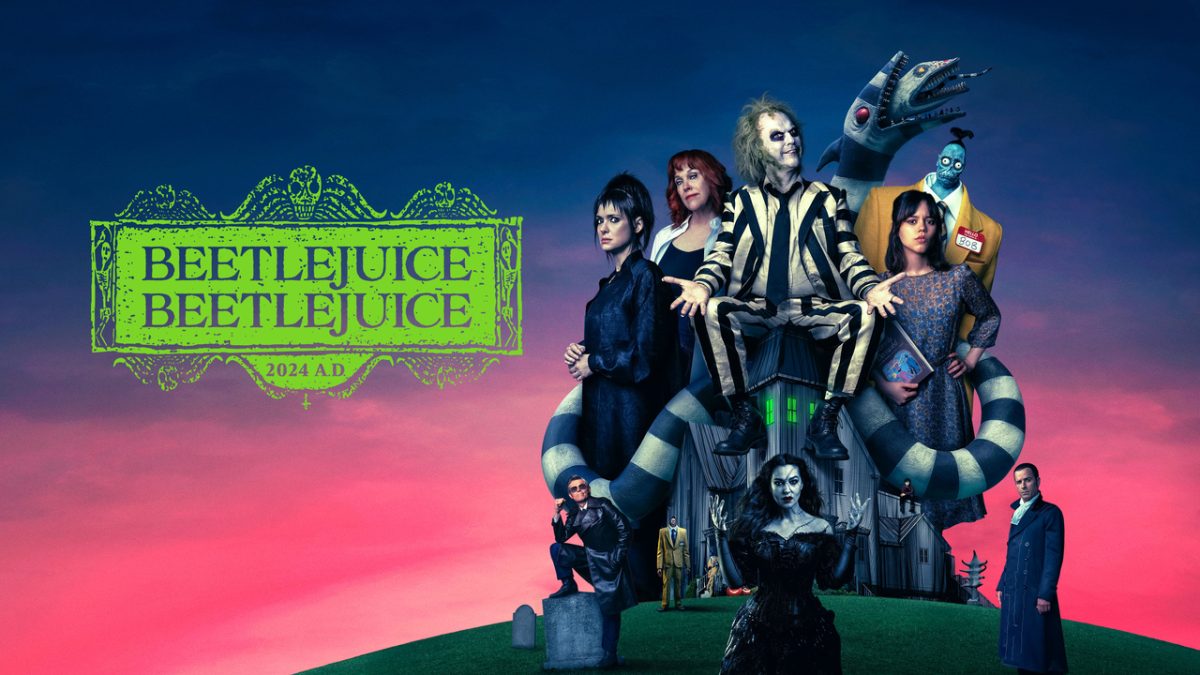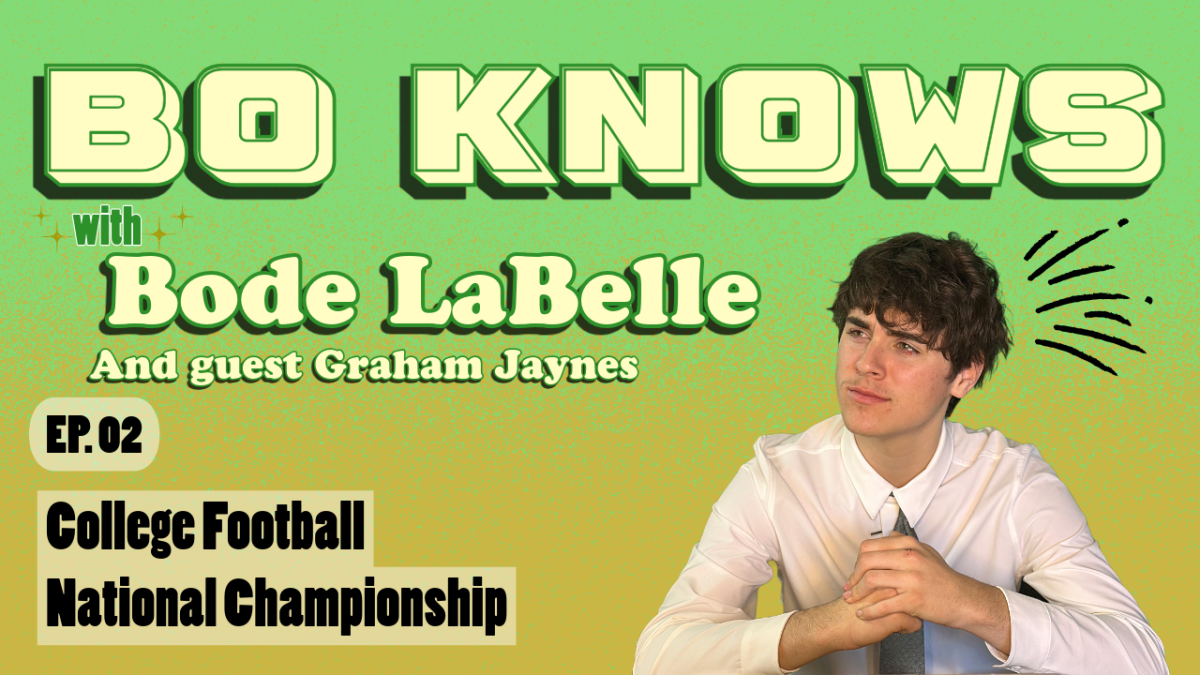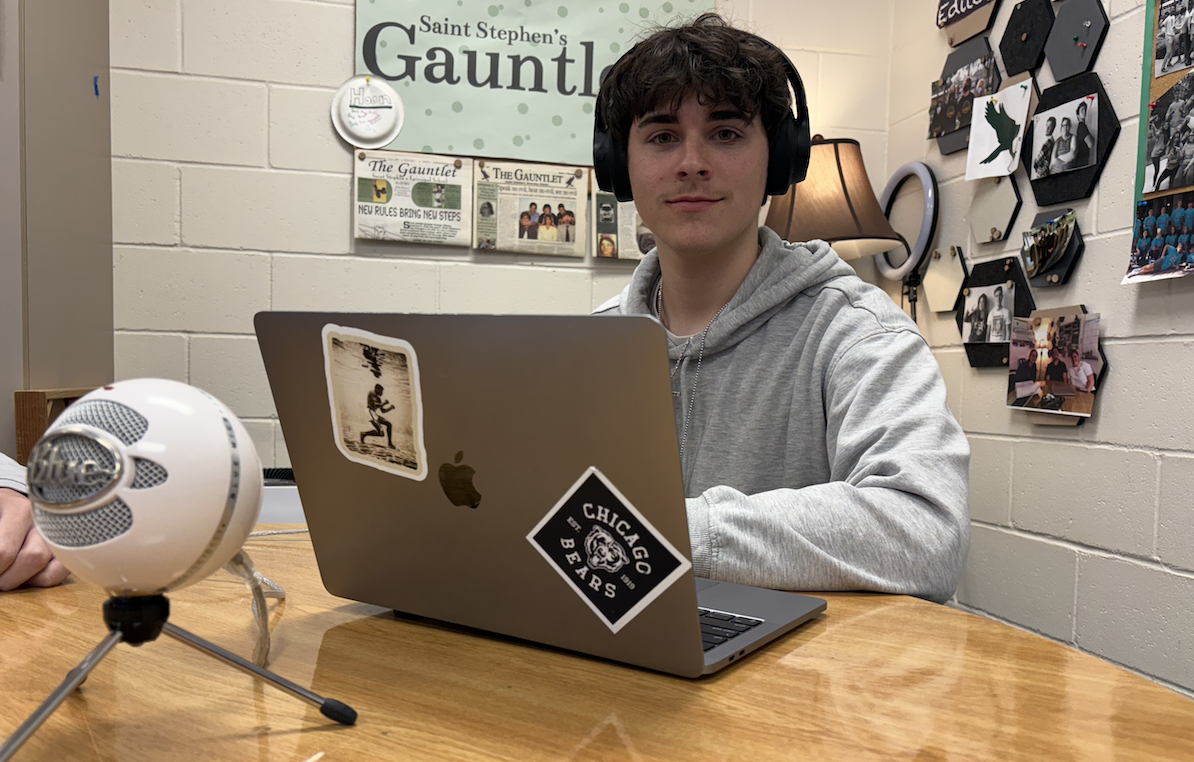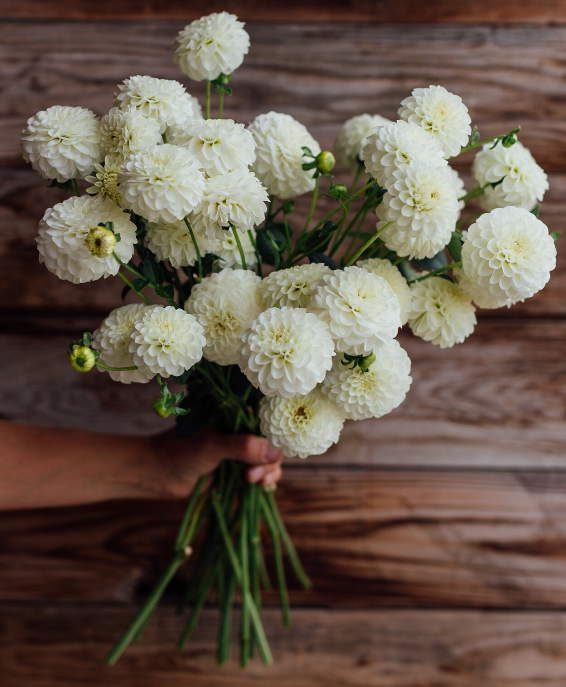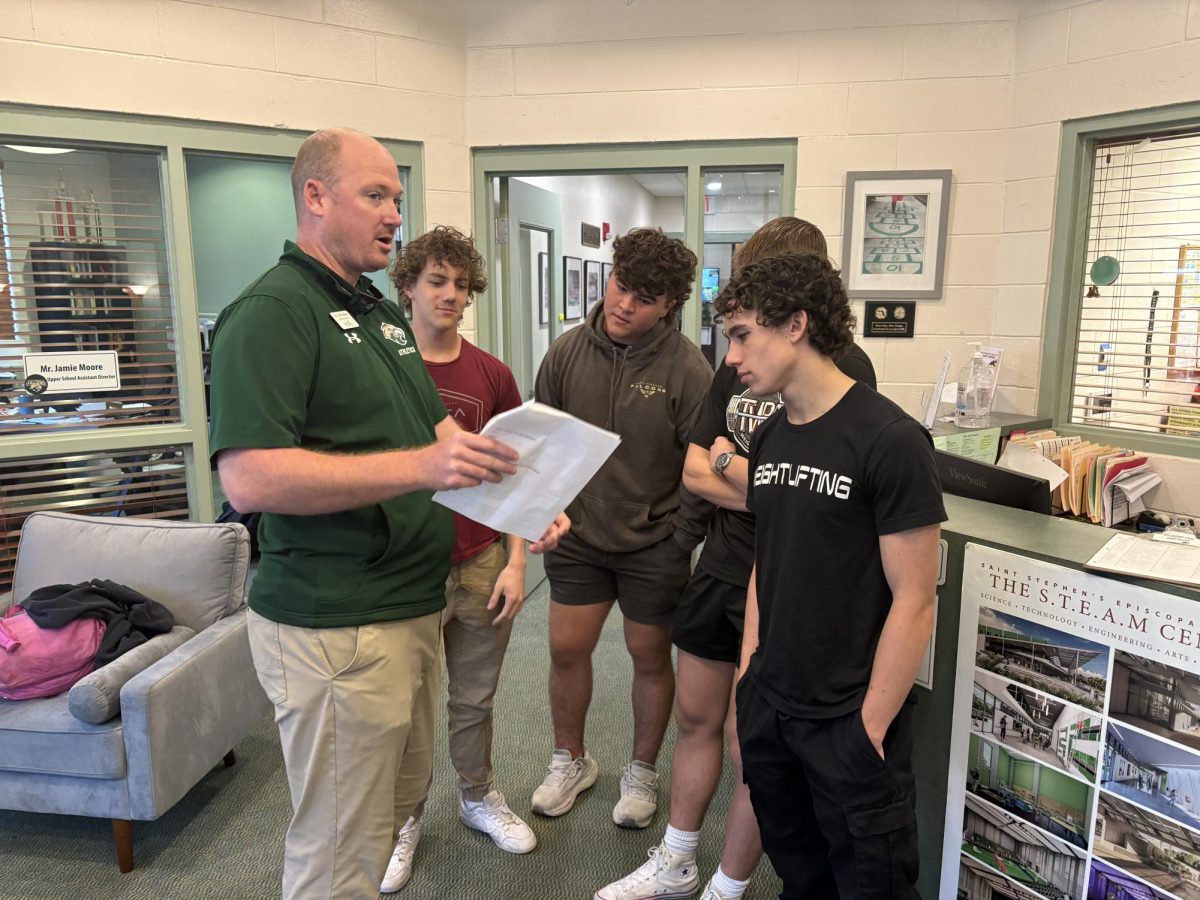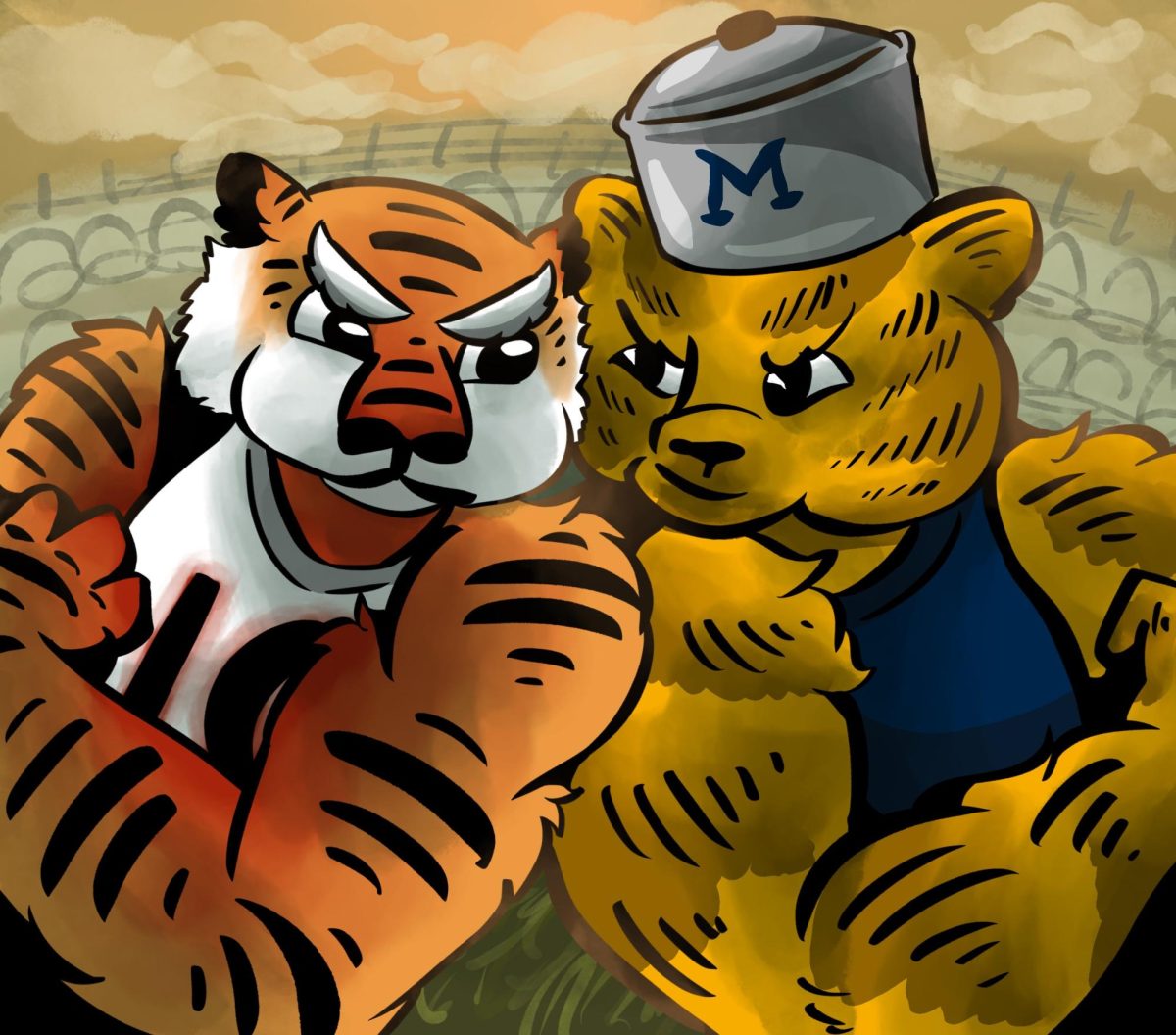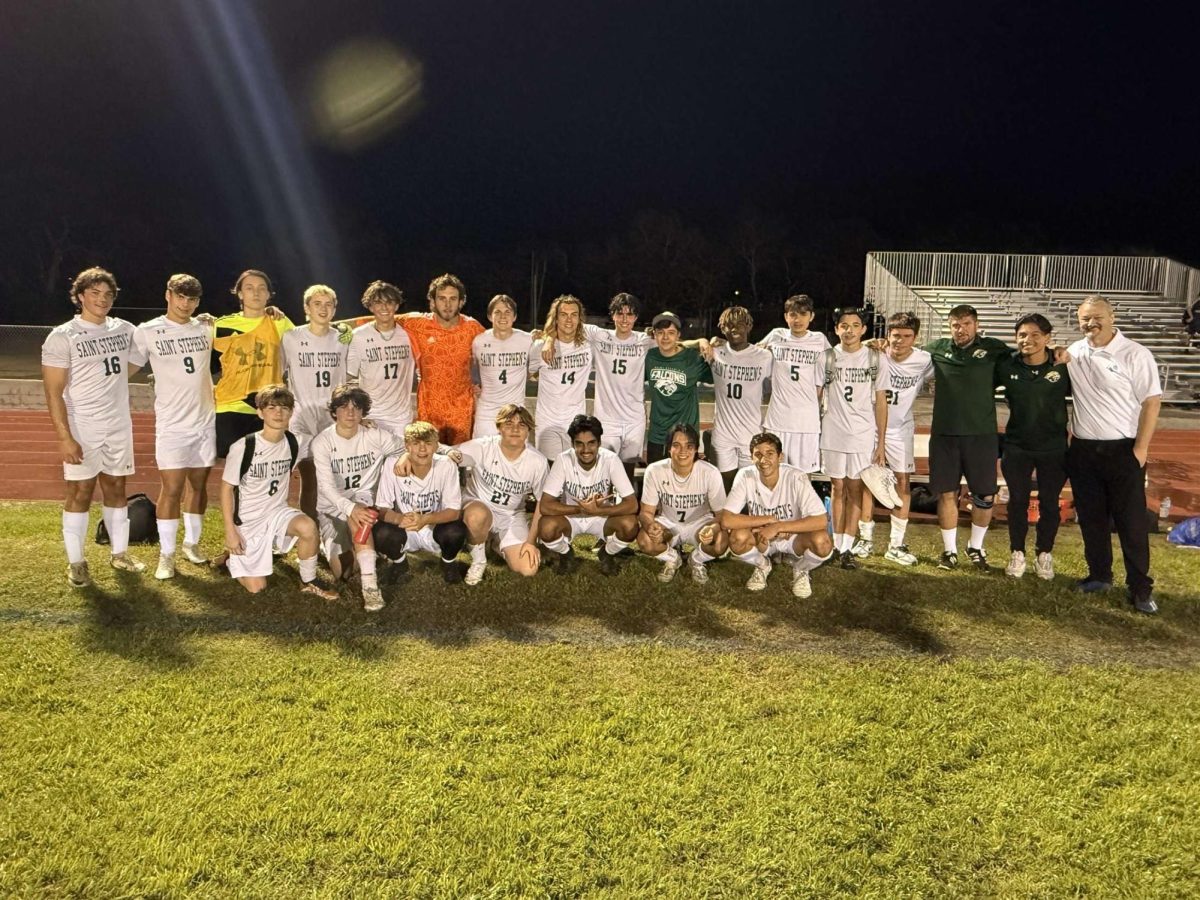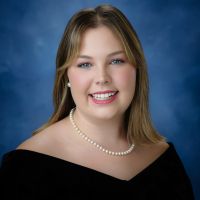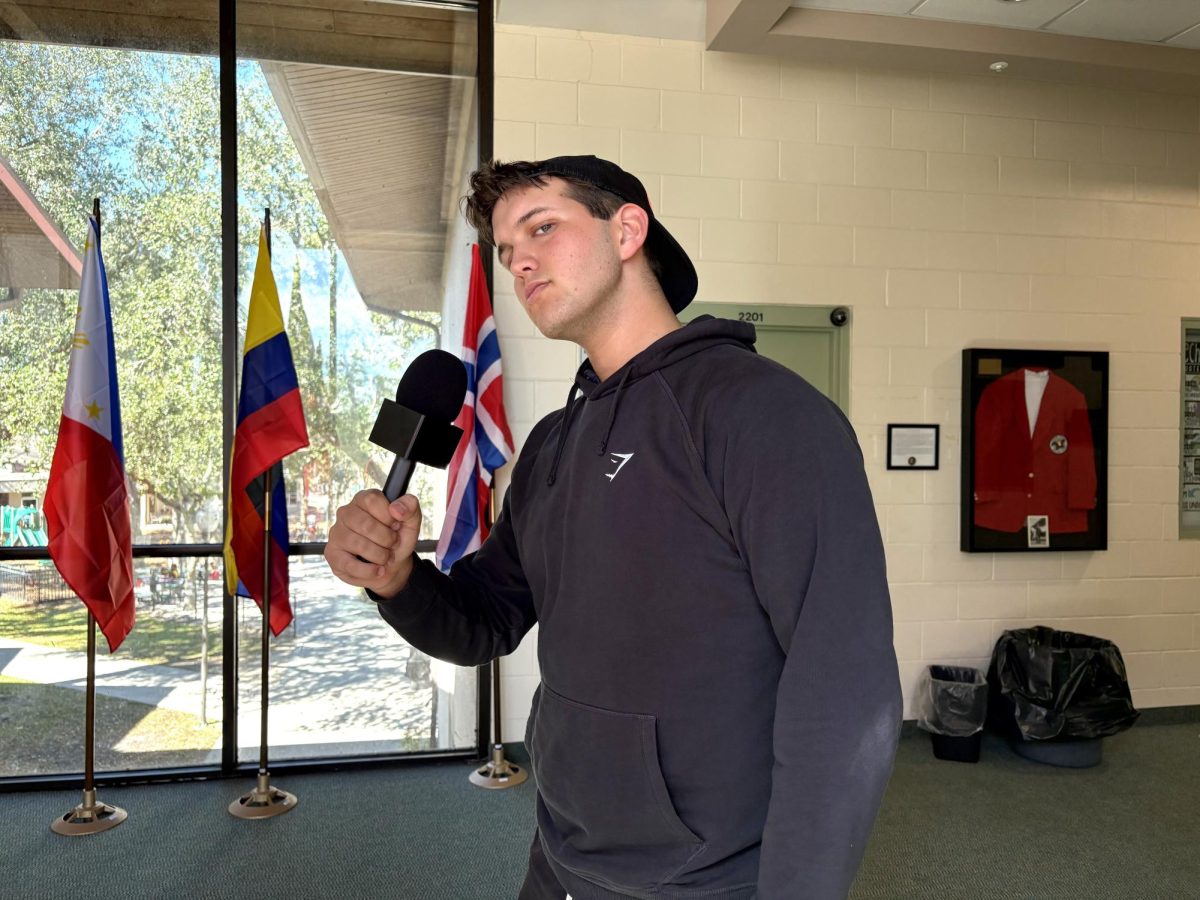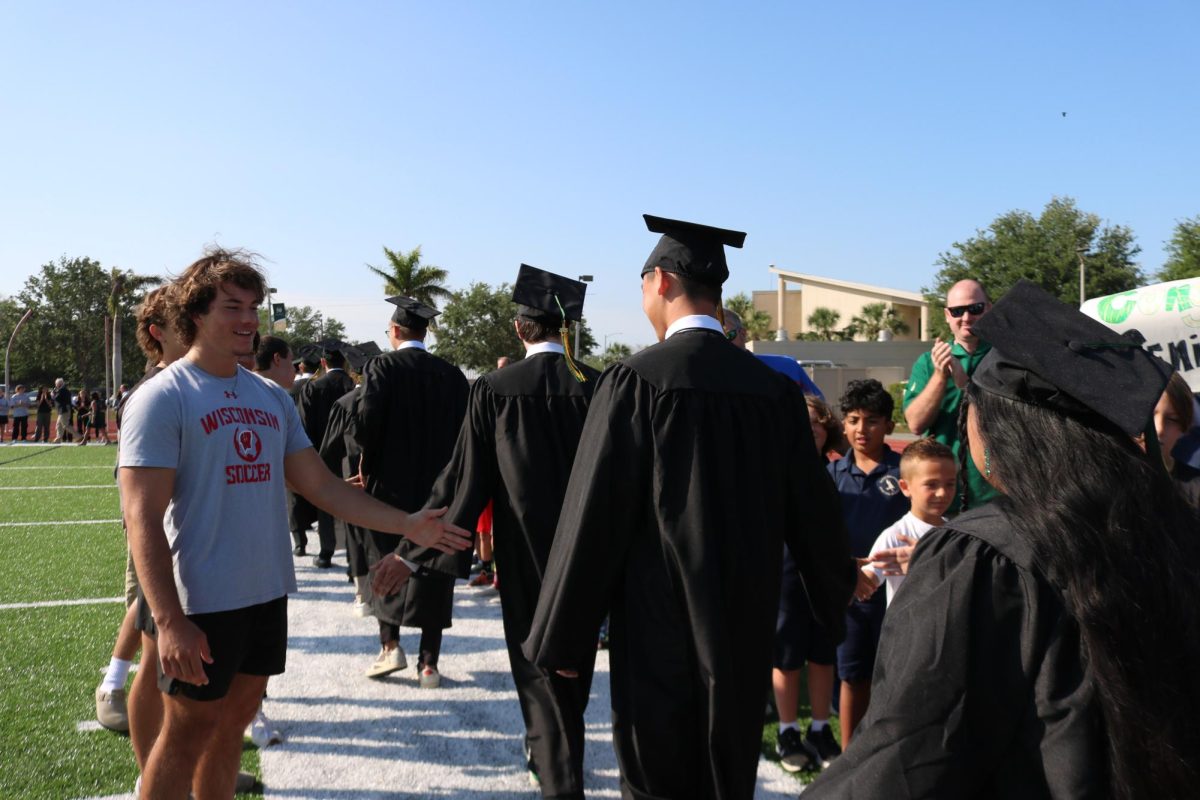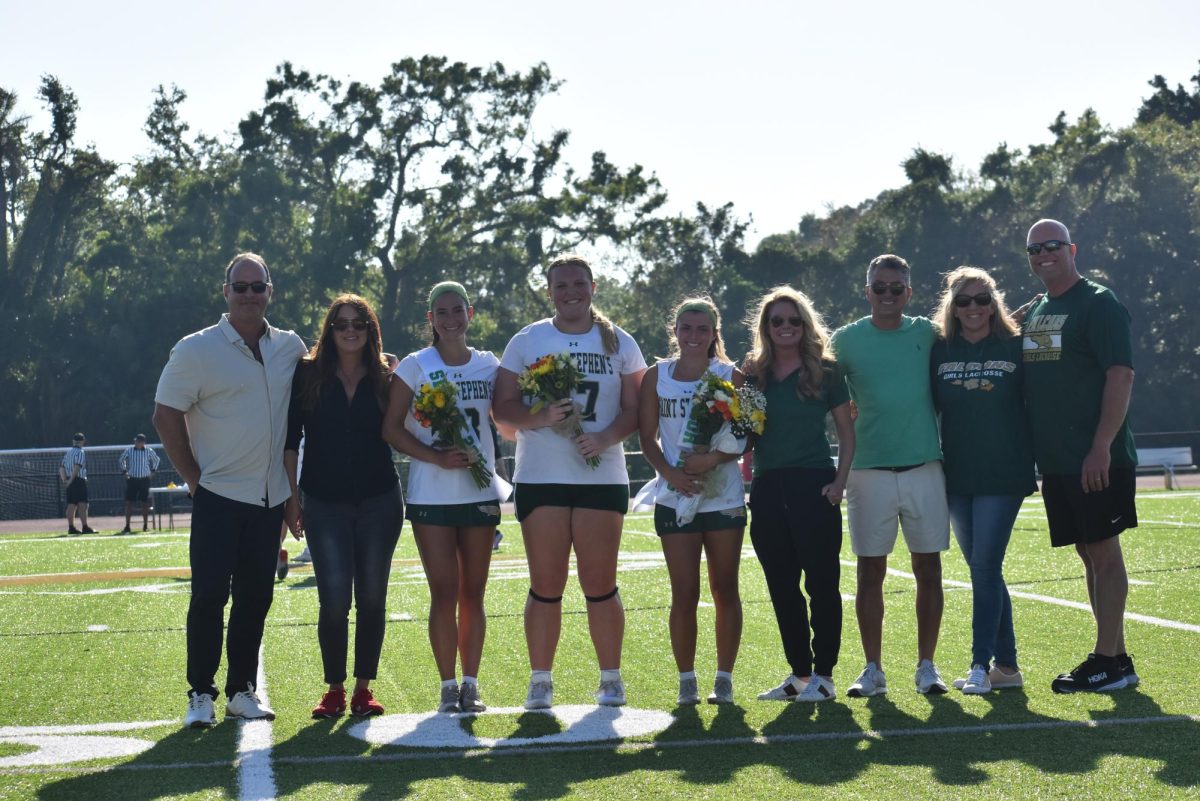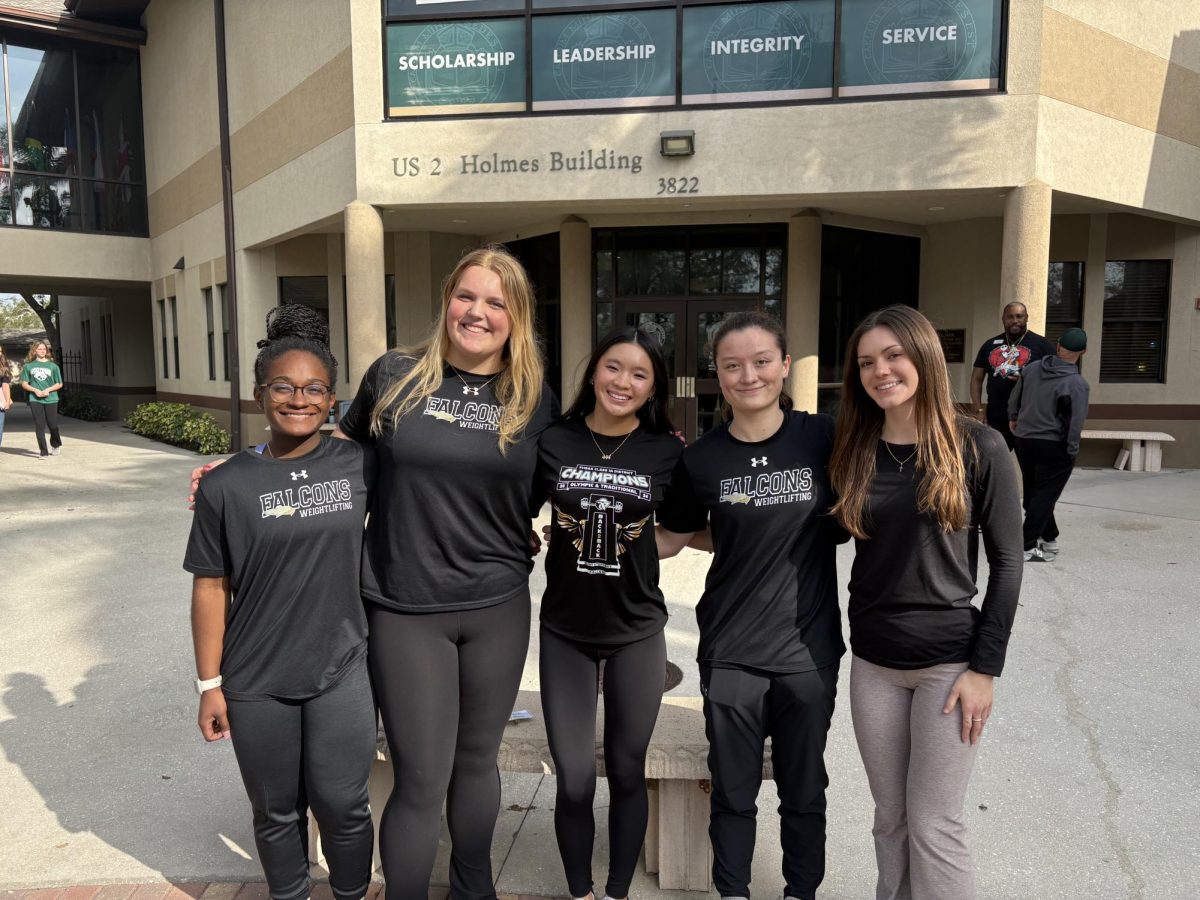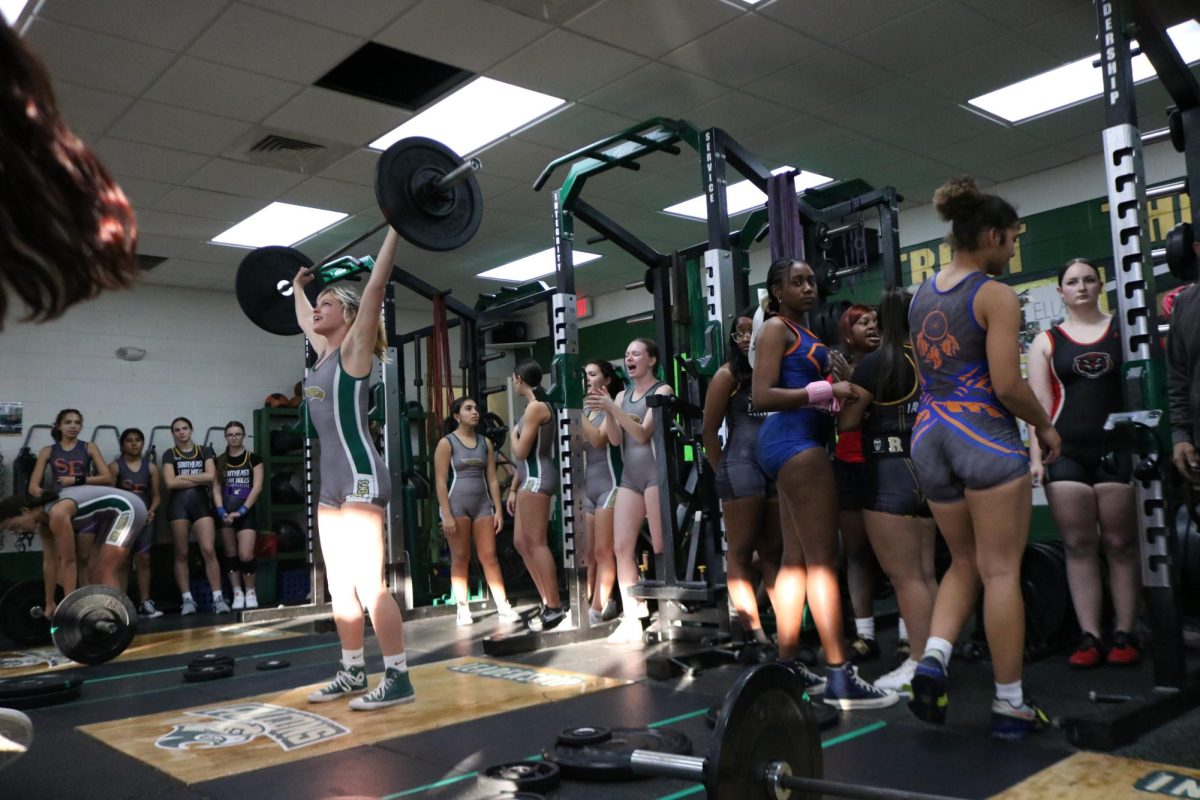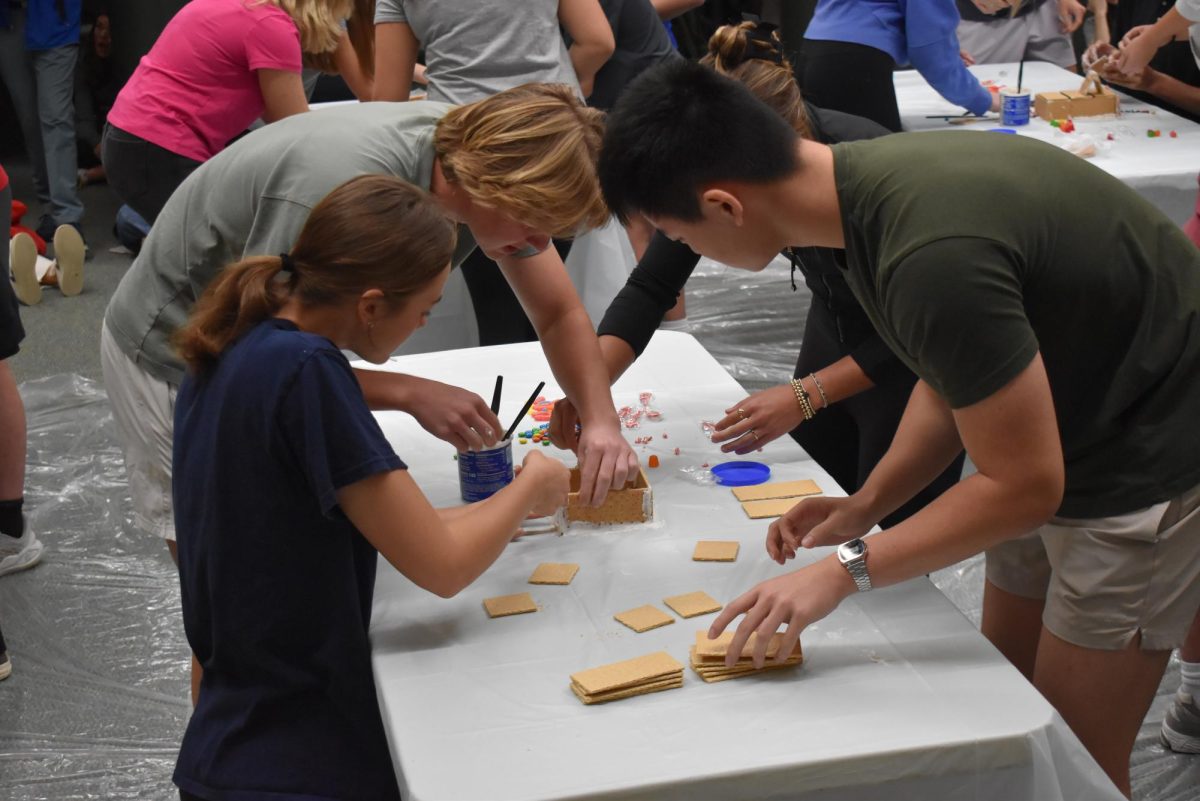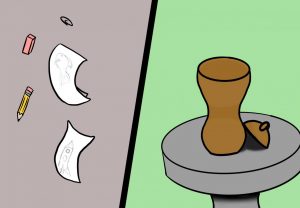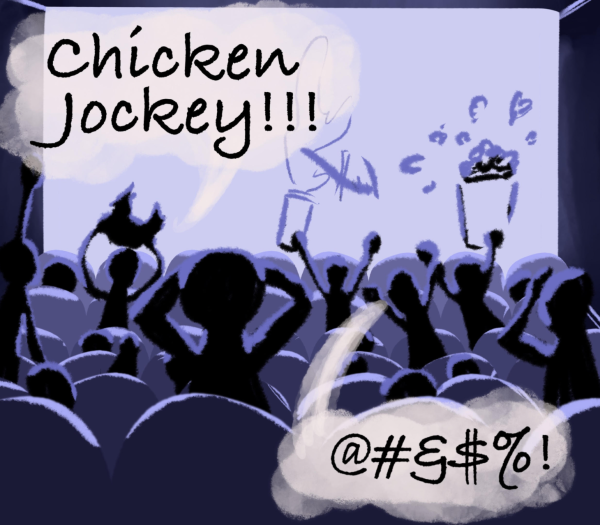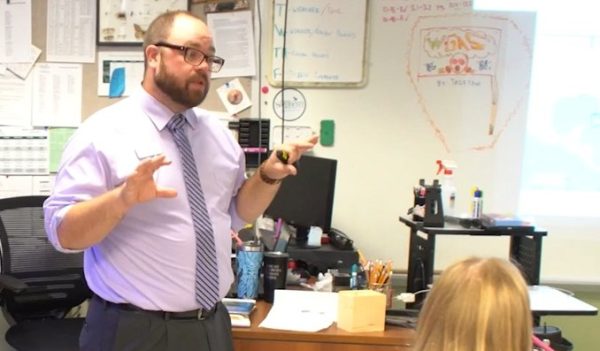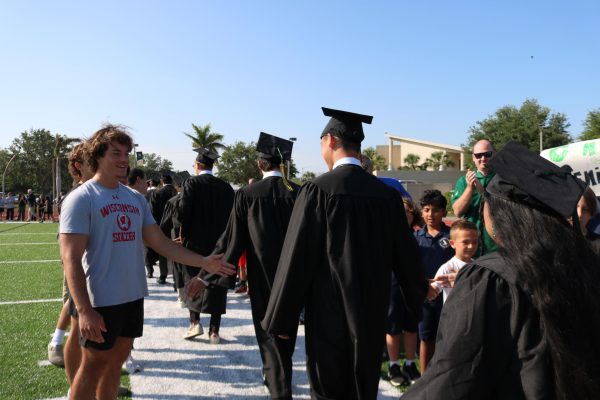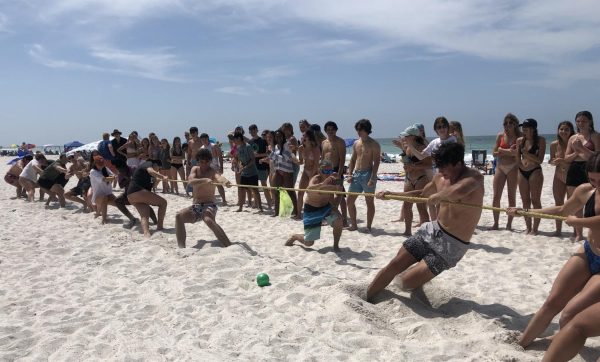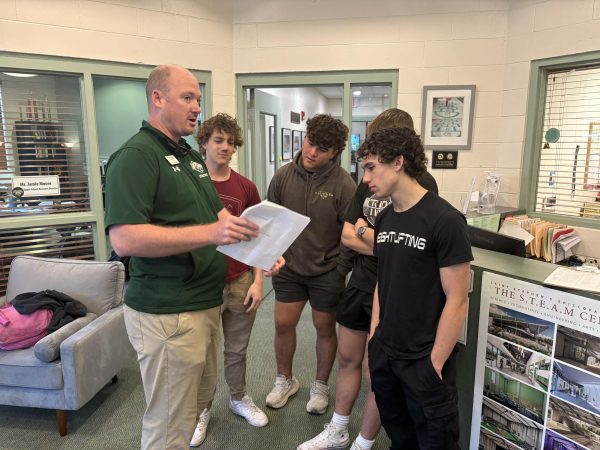Q&A with Ms. Kelly Wood
April 21, 2021
What classes do you teach?
I teach all the ceramics classes, so Ceramics 1, Advanced Honors Ceramics, AP 3-Dimensional Design, and Ceramics 3.
How did you decide to become involved in the Upper School art program? Was it out of necessity or an opportunity that you took advantage of?
My background is in ceramics, so I had always thought about this position, but I had no idea if and when Ms. Johnson would retire. So they needed someone to fill in at the beginning of the year, and [the administration] thought it was a good fit.
What personal background do you have in art (educational or otherwise)? What ideas or experiences inspire you to be creative and teach others to be creative?
So in [college art classes] you basically take some core classes and then you have a studio focus, and mine was ceramics. And I had been teaching [for a while], but I’ve also been doing it as a hobby for the past 30 years. I usually go to a studio, but I have a lot of pieces that I keep around the house.
What changes are you making to the class curriculum and why? What have you kept the same? If there are some new artistic elements or techniques that you are introducing into the curriculum, why do you think they’re important to you and/or to the class as a whole?
Ms. Johnson’s program is amazing, and she was an amazing ceramics instructor, so I kind of just wanted to follow her program this year and see how it worked with my skillset and how the students worked with that curriculum also. It’s been kind of challenging this year because we’ve had so many kids in and out for quarantine, and lots of different things that are COVID-related, so it hasn’t gone exactly according to plan, but I basically wanted to see how her [lessons] worked before I decided to do any major changes.
Some of the projects I’ve changed, as long as they cover the same skills and techniques. It might be a slightly different project, but I’m trying to keep [those skills] in mind for this year. So for instance, [my students] create a hollow form in Ceramics 1, which is two pinch pots that they put together, and [Ms. Johnson] always had them make a fish. But after I taught them the components of making a hollow form, I let them choose what they wanted to make, so they all came up with slightly different things. Some of them were animal shapes, some of them weren’t animal shapes, so they were just a bit more individualized, I guess.
As a follow-up, how are you accommodating the students who are attending class from home?
So for one of my students who has been virtual all year, I just talked to her about what she had at home to work with and what she was comfortable doing. She actually ordered some clay, and then we came up with some projects that were simple enough with the tools she had. She’s been keeping a Google slideshow that she’s shared with me and updates it as she finishes pieces and sketches and things like that.
There’s a lot that they can’t participate in, like [using] the pottery wheel, obviously, so it’s all hand-building. There’s limited tools, and we can’t fire [the pieces], so they’re not really permanent, but we’re making it work.
What kinds of student artwork were you looking forward to presenting in the Alexi Tucker Memorial Art Show? Is there any one element/skill/theme that you wanted to emphasize when presenting these works?
For the Ceramics 1 classes, I made sure I had at least one piece from every student and a couple of our projects I put in everyone’s piece, [but] there wasn’t room to put everyone’s piece from every project. I asked some of the students what pieces they were proud and would want in the show, and then I also chose some that I thought were very technically well done.
What do you hope your students can get out of your classes and the changes you have made to it? How might these changes affect the school’s art program (and students’ futures) in the long run?
I guess my main goal is just to encourage them to be creative and find a love for, in this case, ceramics, but also a love of creating their own artwork, whether that translates to something they’re going to do for a career, or if they just continue it as a hobby. In terms of changing the program, I hope I can encourage more students to take Ceramics. I think there’s more people out there who are interested [but] haven’t taken it.

